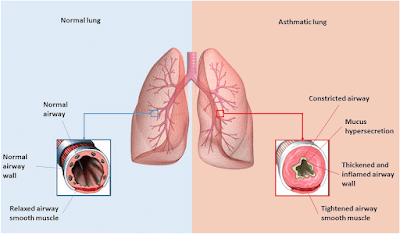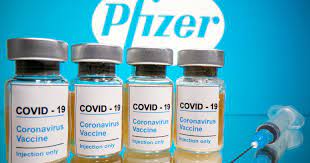A healthy pulse
Your pulse is the rate at which your heart beats per minute, that is, a count of how many times your heart beats in a minute (Beats/min or BPM).
How normal is your pulse?
Everyone’s pulse is different and even for each person, as mentioned above, the pulse could vary depending on what you are doing at that particular instance. It is good to keep a track on how your pulse varies. A useful tool for this is AsthmApp which allows you record and store your heart rate, breathing rate, blood oxygen saturation level over time so you can track how well you are doing.
What is normal pulse for you may be abnormal for someone else. However, generally for most adults, a heart rate or pulse ranging between 60 and 100BPM is considered normal. Slower than 60 is bradycardia (slow heart) while faster than 100 is considered as tachycardia (fast heart). If you are an athlete or someone very fit physically, your normal heart rate could be 40 to 60 beats per minute or lower. You should speak to your doctor if your resting heart rate is continuously above 120 BPM or below 40 BPM. You can also visit the British Heart Foundation website for more details.
What does exercise do to your pulse?
Exercises like walking, gymnastics, jogging, and other forms of aerobic exercises are considered good exercises for the heart because they increase your pulse and help keep the blood circulating well all over the body.
Exercise guidelines
often suggest moderate to rigorous exercise for 20 to 30 minutes per day. But
how do you know if your particular exercise qualifies? The simple answer is
that you could use your heart rate as a measure of exercise intensity. If you
check your pulse during or immediately after your exercise, it should give you
a good indication of your fitness level and how well your pulse has risen
during the exercise period. A rigorous form of exercise will raise your heart
rate to 70% to 80% of your maximum heart rate. The simple way to calculate your
maximum heart rate is to subtract your age from 220. That is, for a 60-year-old
person, 160 is the maximum heart rate. Multiply that number by 0.7 to 0.8 to
estimate the 70% to 80% range. For this 60-year-old person, the range would be
112 to 128.
We recommend that
you exercise with care and follow medical guidelines before adopting or changing
your exercise regime.
How to check your pulse
You can check pulse either from the wrist or from the neck. At the wrist, lightly press the index and middle fingers of one hand on the opposite wrist, just below the base of the thumb. At the neck, lightly press the side of the neck, just below your jawbone.
Count the number of beats in 30 seconds and multiply by two.
This is your pulse. If you have questions or concerns about your pulse,
talk to your doctor. The doctor should be able to help you sort things out and
recommend testing or follow-up as necessary.





Comments
Post a Comment